Crime Scenes: The Do’s And Don’ts
“To Protect and Preserve.” Those are the words that should be on the mind of every officer who responds to the scene of a homicide. First responders have an immense responsibility. Not only do they have to assess the situation in a hurry—the victim may still be alive, etc.—, the possibility of the killer still being on scene is quite probable (the danger level is always extremely high). And, those officers must realize that the key to solving the case—evidence—must be protected. So, while facing the threat of personal harm and saving the life of others, patrol officers almost need to step through the scene as if walking on eggshells. That’s not asking too much of them, right?
Crime Scenes
* Crime scene and scene of the crime are not synonymous. A crime scene is anywhere evidence of a crime is found (a dumpster where a killer dumped the murder weapon, the killer’s home where he deposited his bloody clothes, where the body was found, etc.). Scene of the crime is the location where the actual crime took place (where the killer actually murdered his victim).
Keep in mind, there’s no set-in-stone method of investigating a murder, because no two scenes are identical. And, no two officers/detectives think exactly alike. However, there are certain things that must be done, and there are mistakes that must not me made. Here are a few of each.
The Do’s
1. First responders must proceed to the scene as quickly and safely as possible. Why? Possibly catch the bad guy and to prevent the destruction/removal of evidence. Also, the first responders must be extremely vigilant as they approach a scene, because they just might pass the killer as he makes his escape.
2. Quickly start the crime-solving wheels in motion by contacting the necessary parties, such as investigators, coroner, EMS, etc.
3. Arrest the suspect, if possible.
4. Document EVERYTHING.
5. Preserve and collect EVERYTHING and anything that looks like evidence.
6. Assume that EVERYTHING is potential evidence.
7. Secure the scene. Absolutely no one is allowed to enter who’s not a key person in the investigation. This includes the chief, sheriff, and mayor. Locard’s Principle, in short, states that everyone who enters a scene leaves something behind. Everyone who leaves a scene takes something away. You definitely do no want to contaminate the crime scene, unnecessarily. And you certainly don’t want trace evidence disappearing on the shoes of your sheriff, simply because it was election year and he wanted to see his name in the paper.
8. Treat every single suspicious death as a homicide until the investigation proves otherwise.
9. Keep an open mind. No tunnel vision!
10. Photograph, photograph, photograph! And then take more pictures just to be sure you’ve captured everything in the area.
11. Study the victims. Learn everything there is to know about them. Know them. Know what they ate, what they liked to do, where they liked to go, who they liked and disliked, who liked them and who hated them, etc. Uncover every single minute detail of their lives. The victim is often the single most important piece of evidence in the case.
12. Share information with members of your investigative team. Bounce thoughts and ideas around among the group. Talk to everyone involved—patrol officers on the scene, the coroner, other investigators, the crime scene techs, etc.
13. Look for clues at the scene (fingerprints, lights on or off, temperature of the room, glasses in the sink, footprints in the carpet, blood, etc.), but also look for things that aren’t there, too—car keys, cellphone, computer, etc. The killer may have these items in his possession, or he may have dropped them or sold them.
The Don’t’s
1. Do not assume anything. Sure, the call came in as a suicide, but that doesn’t mean that’s what actually happened. That’s merely what a witness told the dispatcher. And definitely do not assume there are no weapons present at the scene simply because that’s what your dispatcher told you. Again, he/she was given that information by someone at the scene who may or may not know…or may not want the police to know!
Never assume anything. For example, victims such as Chris P., above, found in burning buildings may have been murdered prior to the fire.
2. Do not assume the suspect has left the scene. Consider everyone there as a possible murderer until you learn differently. Be smart and safe.
3. Do not allow anyone to leave the area until you’ve interviewed them. Treat every single person as a possible witness. Sometimes people don’t realize they’ve seen an important detail until they’ve been questioned by police.
4. Failure to secure a scene. Family members have a tendency to get in the way. They feel the need to be a part of the picture. They want answers. And they will try their best to see what’s going on. They may even block exits and entrances in their attempts to reach deceased family members.
Be safe. Keep your emergency retreat routes clear!
Absolutely do not allow anyone inside the scene. This includes members of the police department if they’re not part of the investigation.
Everyone has a camera/video recorder these days. And they take photos and videos that will be published to social media sites. If at all possible, do not allow them close enough to the scene to take photos that could jeopardize the investigation.
5. Releasing information to the media—hold your cards close to your chest until you have an idea of what information can be released to the public. Remember, what you say will be on the evening news! I know this one all too well…unfortunately.
6. Don’t get a case of tunnel vision. Keep your mind open to everything, at first. Then as the case starts to come together, the focus of the investigation will narrow. A murder investigation works like pouring liquid into a funnel. First you dump all you’ve found into the large end. Then you keep pushing and pushing until finally the killer’s name pops out of the other, smaller end.
7. Failing to take enough notes and photographs. You only have one shot at this, so take more than you need while the scene is still intact. There are no do-overs.
8. Don’t take sloppy notes and/or keep sloppy records. Remember, everything you write down could eventually be seen in court. And that will be a reflection of how the investigation was conducted. Clean notes = a clean, tight investigation.
9. Don’t discuss a case where members of the general public have an opportunity to hear the conversation! Words are too easy to misunderstand and that can certainly come back to bite a detective in the…well, in a place where the sun doesn’t shine. Think about it…A trial witness says, “Yes, I heard the detective say…”
10. A case is not a suicide until the investigation proves it is. How many murderers have “gotten away with it” because of lazy officers? Sure, it’s easy to take a peek at a victim and assume suicide. But every case should warrant a closer look. You never know, especially if the circumstances are suspicious. And never discount that detective’s “gut feeling,” The investigator’s 6th sense.
11. Do not rush into a crime scene without first taking everything in. Take a moment to assess the area. Are there any dangers, including hidden ones, such as gas leaks, poisonous chemicals, A KILLER WITH A GUN!
No, you’re eyes aren’t playing tricks on you. The woman with the gun is THAT Marcia Clark
12. Don’t assume the victim is dead. Check for vital signs. You certainly don’t want him to lie there suffering while you stand around waiting for the coroner. A few seconds could mean the difference between life and death.
13. Don’t assume that the cooperative witness with the happy face is innocent. He/she could very well be the killer. Remember, things are not always as they seem.

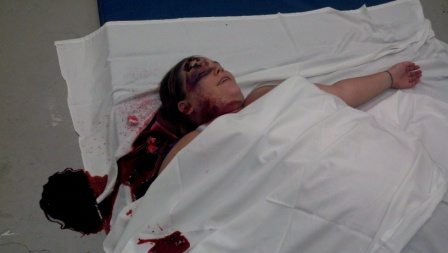

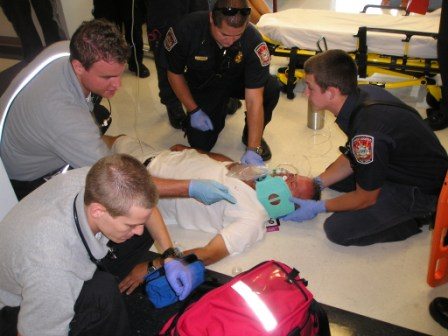
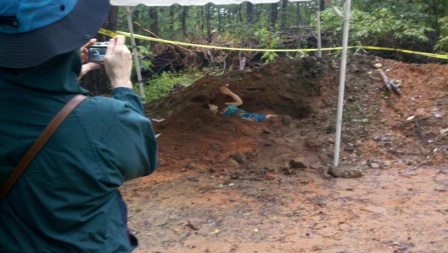
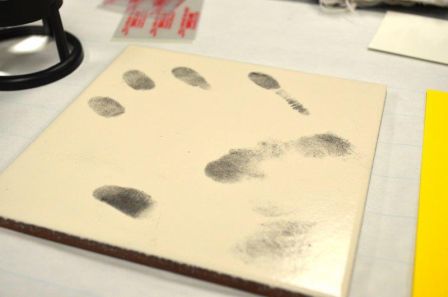


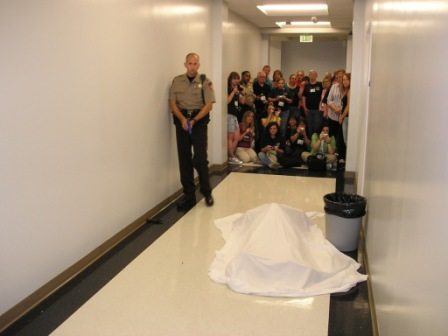
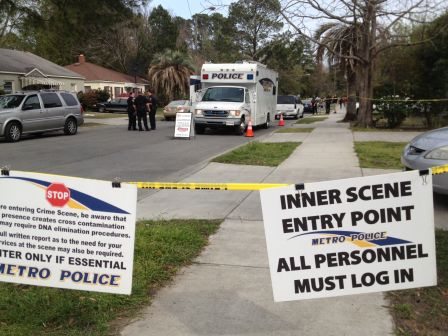
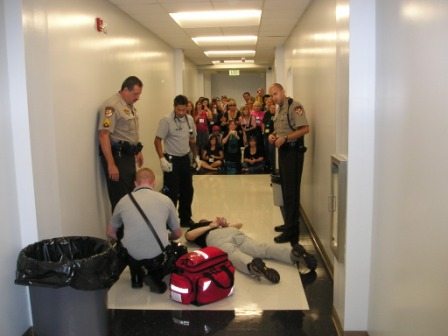
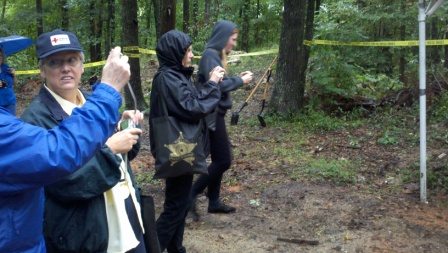
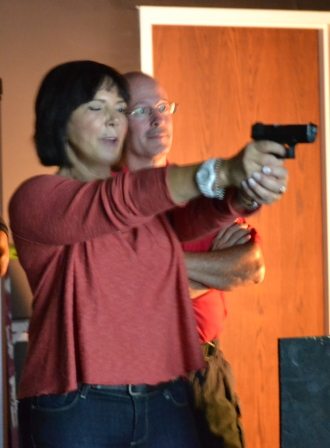
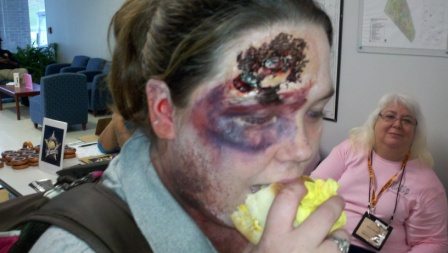



This article could be taught at police academy’s and Detective 101 class. Great job as always, Lee.
A useful article for those of us who write mystery and crime fiction.
Thanks for another fantastic posts. I learn so much from you and am very grateful!
Excellent, as usual. Our RWA chapter had an assistant coroner speak to us last weekend, and she shared a lot of this information, as well as her own ‘pet peeves’.
Terry
Another great mini-workshop. I sure enjoy these and am grateful for one splendid nugget after another!
Kind of shows just how much we cover at the WPA, doesn’t it?
Another AWESOME blog! So helpful to writers. I agree with all the above.
I love that you used pictures from the WPA to illustrate this.
Agreed and done, Joyce!
Anyone who writes crime fiction should print this out and hang it in their writing space.